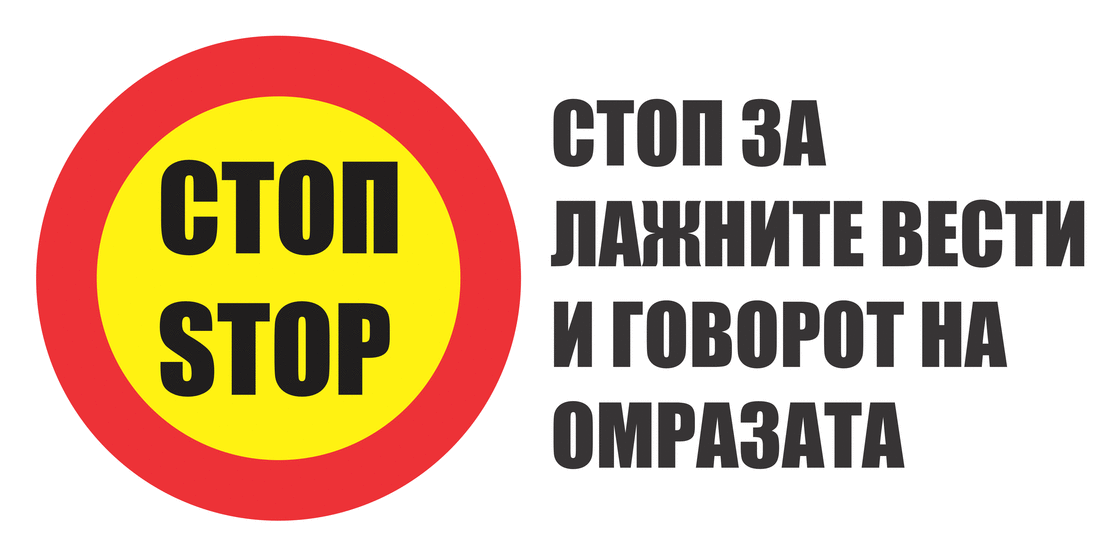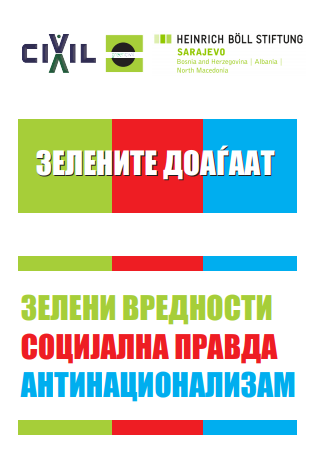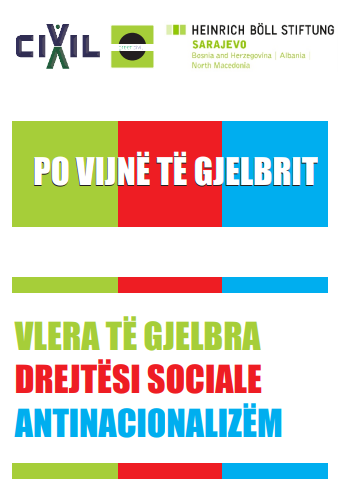The air pollution in Skopje and the surrounding area would be reduced by more than a half if every fourth household that uses wood for heating changes the method of heating their homes, and every tenth household installs contemporary thermal insulation in their homes, shows the analysis “Skopje is heating”, prepared in cooperation with the United Nations Development Program – UNDP, published in December 2017. According to that research, 90 percent of PM particle pollution comes from households, 45 percent of households in the Skopje Valley are heated by wood, for which they spend 317.000 tons of wood during the heating season, whereas 92 percent of homes don’t have proper insulation. Half of the households, is stressed in the study, have no thermal insulation.
In the first comprehensive study about the manners of heating in the Skopje Valley, carried out on a representative sample of 5.044 households, of which about one third residents of rural settlements in the Skopje area, it is estimated that there are 133.633 households in the Skopje Valley, of which of which 73.220 (almost 45 percent) use wood for heating, around 51.000 (31 percent) use electricity, while 35.000 or 21 percent are connected to the central heating system. Only 2.500 households, or 1.5 percent, currently use pellets stoves
The study consists of five documents, in which the situation is analysed and proposals are given on how to improve it. All the measures and activities are presented in detail in the document 2017-2025 Roadmap for reducing local air pollution caused by household heating:
“We are setting ourselves an ambitious goal: Significant reduction of emissions of polluting substances from household heating in the Skopje Valley, as the biggest local air polluter, that is, reduction of following emissions:
- PM10 and PM2,5 by 62%;
- CO and SOx by 50% and 54%, accordingly;
- NOx by 22%;
To achieve this goal, measures, or the scenario “Skopje is breathing”, are proposed in the study, which until 2025 should include four fifths of the city households and 42 percent of the rural households:
“Changing the existing stoves on firewood, coal and oil with more efficient stoves on firewood, pellet stoves, thermal pumps (including inverter air conditioners) or a central heating system on natural gas. Applying measures for energy efficiency of homes increasing the number of users of the central heating system”.
To reduce the local pollution from the heating of households, according to the study, by 2020 half of the households in the urban area and a quarter in the rural area need to be included by either of the measures, or 81.3 percent and 42 percent by 2025 for urban and rural areas accordingly.
Around 20.000 homes, or 12 percent of households, need to receive thermal insulation according to the highest standards, and around 27.000 households need to receive more efficient wood stoves. About 9.000 households need to start using pellet stoves for heating, 22.000 thermal pumps, 3.150 gas stoves and 10.000 households to connect to the central heating system.
“If the goals of the ‘Skopje is breathing’ scenario are realized, the total number of households that will be using firewood would decrease by about 18.000, namely, the total number of households that will be using firewood in 2025 would be 35.4%”, is estimated in the study.
The total price of the entire “scenario” was already published and is 378 million euros. However, by far the biggest part of the estimated costs, more specifically, 325 million euros, “would be intended for implementing measures for improving energy efficiency in households (facades, roofs, floors and similar), which would meet the strict and highest criteria for an energy efficient building according to the respective national regulations”, is stated in the study. “The modelling showed that most investments are needed for the measure: building energy efficient buildings, which means that activities for the target groups households with energy inefficient facades of homes and households with energy inefficient roofs of homes will be difficult, but also need to be one of the priorities, because they will be implemented during the entire period until 2025”.
All the other measures together are estimated at 53 million euros.
“Therefore, this is the maximum expected amount of total costs that are expected to be financed by multiple parties, for which a financial plan needs to be prepared”, is said in the study.
The study proposes for the initial activities to be directed towards household that use coal (04 percent) and wood for heating, in order to achieve greater impact in terms of the local pollution.
“They need to be primarily focused on municipalities that mostly participate in the consumption of firewood, such as: Municipality of Center, Municipality of Gazi Baba, Municipality of Saraj, Municipality of Kisela Voda, Municipality of Gjorce Petrov, Municipality of Butel, but also the municipalities of the City of Skopje where firewood is almost the only fuel that is used for heating homes (Suto Orizari, Saraj) and all other municipalities of the Skopje region that are not part of the City of Skopje. For households using firewood and coal for heating, and which at the same time are also in the target group of low monthly incomes, funds need to be set aside to help them in the changing of their technology for heating or during the insulation of their homes”.
The best results in the short run, without any greater investment, according to the study, would be achieved by reconnecting households that have disconnected themselves from the central heating system.
Igor K. Ilievski
STOVES IN SKOPJE POLLUTE AS MUCH AS 17 MILLION CARS
This post is also available in: Macedonian










